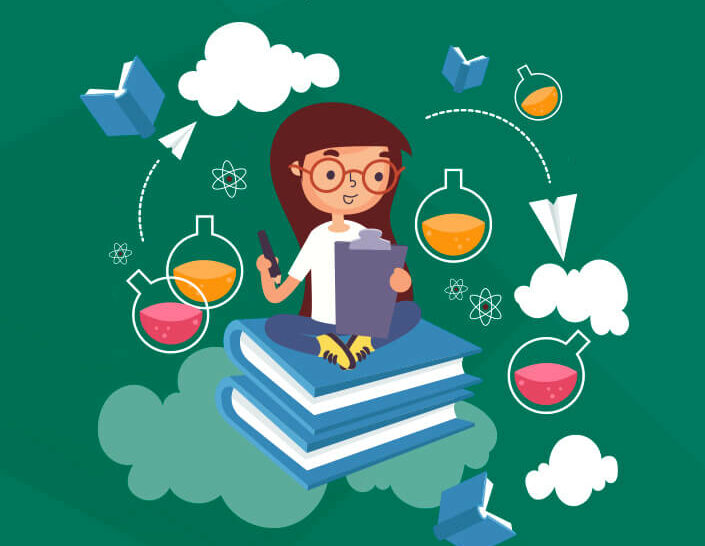by Rachel Wells
One of the best ways to make math and science engaging for children is to combine those subjects with literature. Kids love a good story, and fairy tales are typically filled with beautiful illustrations and engaging storylines. Combining fairy tales with STEM activities that directly relate to a particular tale helps children develop comprehension skills and build a deeper understanding of certain math and science topics.
Check out these fun STEM challenges that go along with some classic fairytales and help you continue the magic even after you’re done reading.
The Three Little Pigs
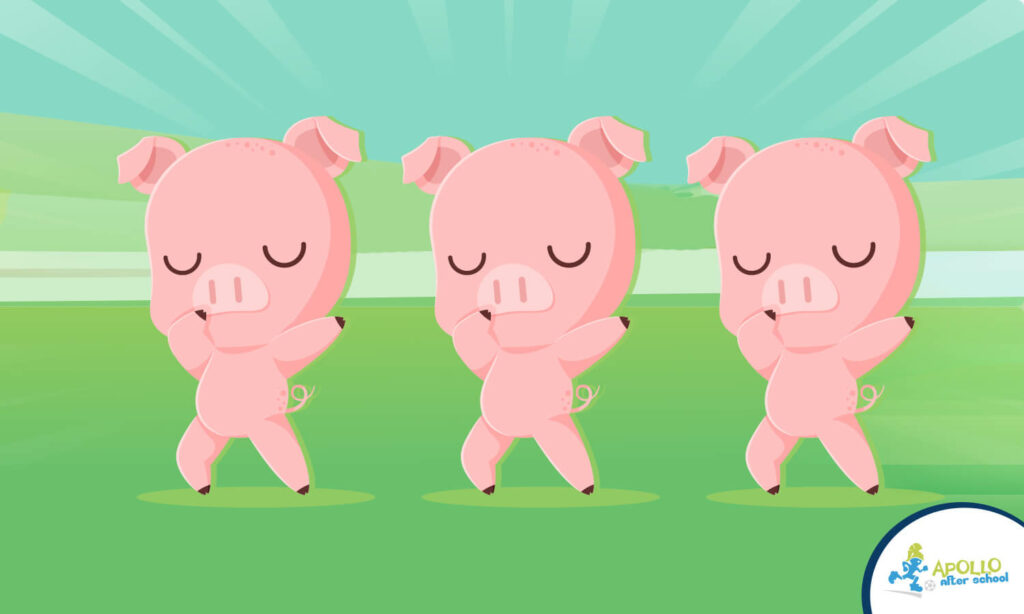
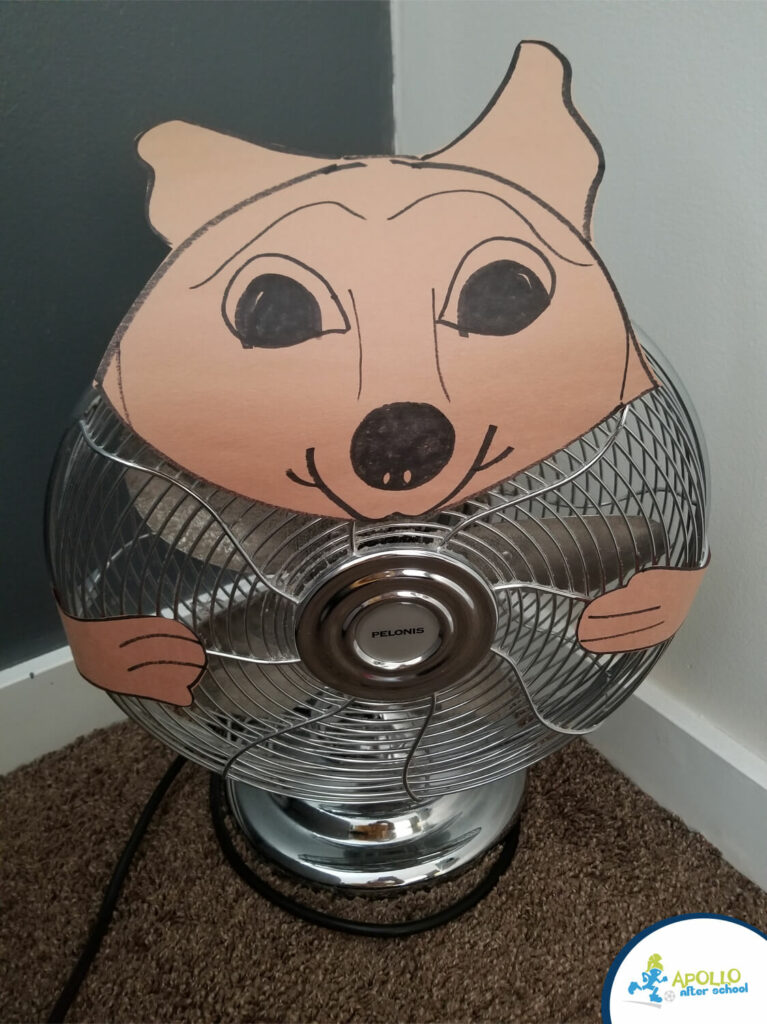
This first STEM activity goes along with the story of The Three Little Pigs. After reading the story, divide students into at least three groups. Each group will be responsible for building a three-dimensional house structure using one of the storybook materials (straw, sticks, or bricks). If you have a larger group of students, have multiple small groups building with the same material – making sure that all three building materials are represented in the final test. Having multiple groups building with the same material can help students compare what parts of the structures did and didn’t work well.
The group responsible for the house of straw will use straws as their building material. The house of sticks will be created out of wooden craft sticks. And the house of bricks will be built out of toy blocks. The structures must be three dimensional and attempt to withstand a wolf trying to blow them down, without adding any additional materials or supplies.
To create the wolf, cut a wolf face and hands out of paper, and tape the pieces to a box fan, with the head on the top and the arms on the sides. When everyone has finished building their houses, bring out the ‘wolf’, and test which structures can withstand the blowing wind from the fan.
Questions to ask:
What are the most important parts of your structure?
How are the houses alike? How are the houses different?
Can you describe what happened after the wolf came by all the houses?
The Three Billy Goats Gruff
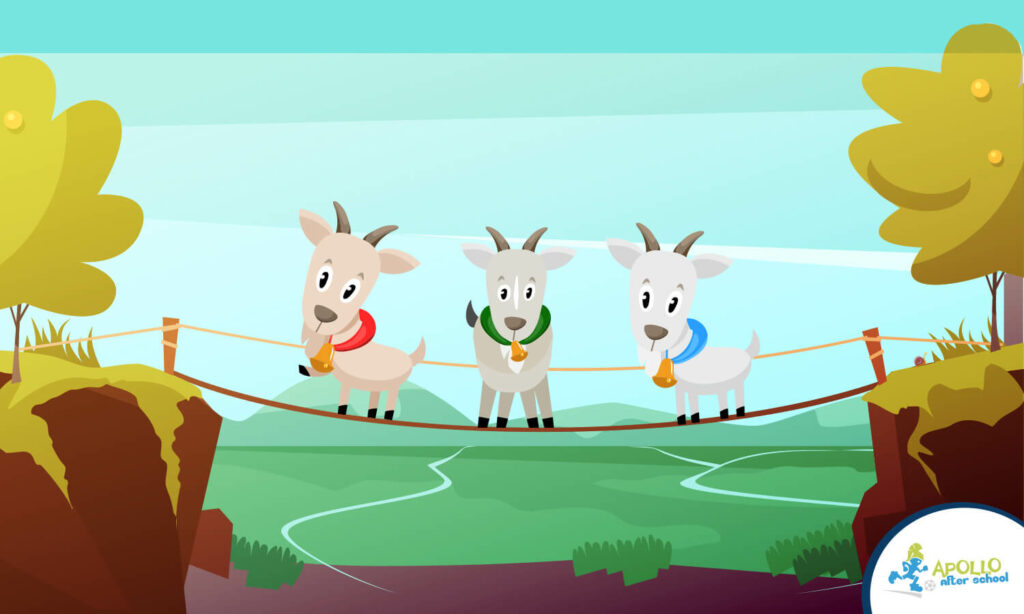
This next STEM activity goes along with the story of The Three Billy Goats Gruff. After reading the story together, students will work in groups to build a bridge strong enough to hold three toy goats (or any other heavy objects you would like to use – goats are just more fun!). Supply each group with wooden craft sticks, wooden clothespins, craft pipe cleaners, and rubber bands. Students will only be able to use the provided materials to complete their challenge. To extend the activity, pass out troll figurines, and challenge each group to build a bridge that will not only hold all three goats, but that is also tall enough so that the troll can stand underneath.
Questions to ask:
What did you notice when designing your bridge?
If your first design didn’t work, how can you find a new way to build it?
Jack and the Beanstalk
This STEM activity extends the story of Jack and the Beanstalk. After reading the book, students will be asked to create a golden egg carrier, which can safely float a golden egg down from the top of a beanstalk to the ground. Provide a variety of materials that students can use to prepare and engineer their creation. Some useful materials may include balloons, plastic cups, tissue paper, coffee filters, cotton balls, tape, construction paper, empty tissue boxes, rubber bands, yarn, and cardboard. You may want to provide students with ping pong balls to test out their ideas first and make improvements to their designs before using actual eggs. Once groups have a finished carrier, it will be time to test them out – with real eggs! Drop the carriers from a high up location and see if their golden egg can be safely transported to the ground. Feel free to hard boil your experiment eggs ahead of time (just don’t tell your students!).
Questions to ask:
What would happen if…?
What about your design are you post proud of?
Cinderella
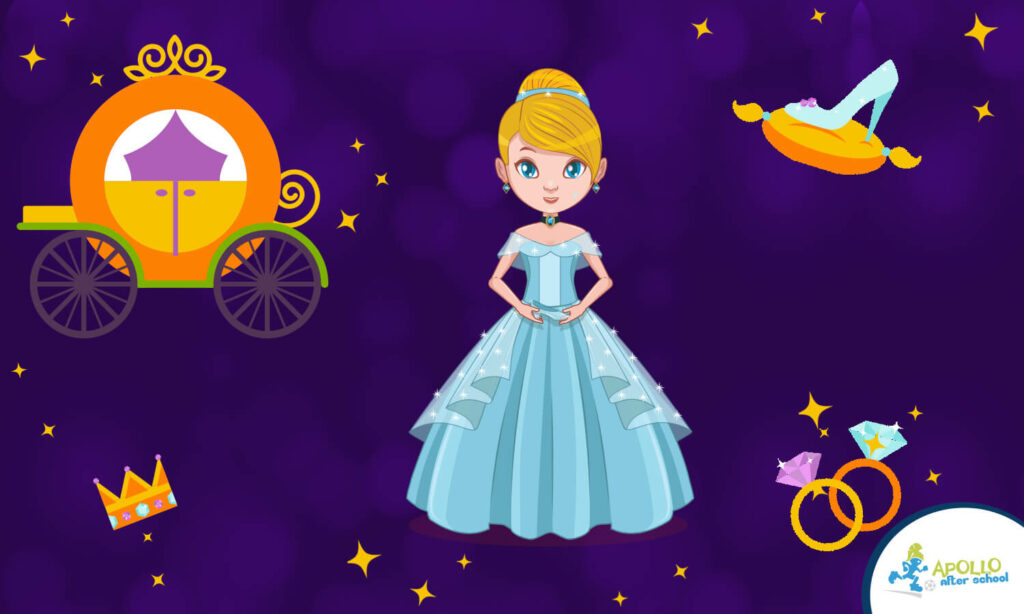
This fairytale STEM activity goes along with the story of Cinderella. After reading the book, students will work in groups to engineer a carriage that can successfully roll down a ramp without tipping over. You can use a piece of wood or large book to create a simple ramp. Materials that work well for this include paper, tape, bottle caps, empty thread spools, toothpicks, straws, plastic bottles, empty cans, cardboard, wooden craft sticks, and pipe cleaners. Allow students a chance to test their carriages before doing a final test run all together. You can extend the activity by measuring how far the carriages roll on the ground after going down the ramp. Keep a running list of how far everyone’s carriage rolled and discuss what carriage features worked really well.
Questions to ask:
What are the most important features of your carriage?
What patterns do you notice in the carriages that rolled the furthest?
Rapunzel
This last STEM challenge goes along with the fairytale story of Rapunzel. Start by having students create a tower out of a paper towel tube. They must then engineer a way for Rapunzel to get out of the tower using pipe cleaners, cardboard tubes, yarn, wooden craft sticks, tape, and construction paper. Provide students with a small, printed image of Rapunzel to add to the fun of this lesson. Allow time for students or groups to share their designs with each other and demonstrate how their idea works.
Questions to ask:
What are the most important features of your design?
What surprised you about this challenge?

